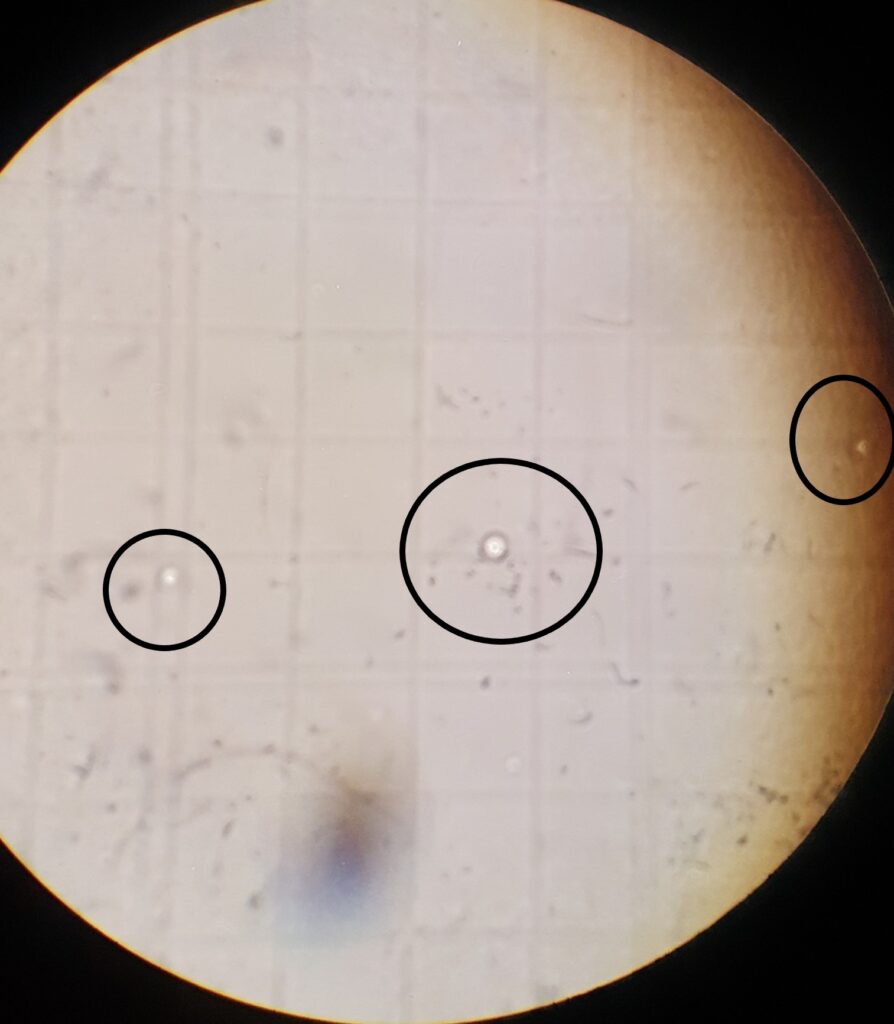What is Neubauer chamber?
Neubauer chamber or Hemocytometer is nothing but a crystal thick slide (30 × 70mm and 4mm thickness). Recently the laboratories acquired developed counting machines and methods but this doesn’t change the fact that Neubauer chamber is the most common method used for RBCs, WBCs and platelets counting. Usually, the slide has two separated chambers and loading each one alone is possible.
Neubauer chamber counting grid size is 3mm × 3mm and contain a big square of 9 subdivisions (1mm × 1mm), a medium square of 25 sub subdivisions (0.25mm × 0.25mm) and a small square where each of the 25 divisions is farther divided to 16 squares.
Thus, the central square which is now made of 400 mini squares is important for reading RBCs and platelets. Meanwhile, WBCs counting squares are at the corners since their concentration is lower than RBCs.
In order to be able to read the cells in a separately (not aggregated) it is necessary to perform dilution of the blood sample using a dilution buffer.
For example, For RBCs the dilution factor is:
For normal blood , it's 1 / 200
1 / 500 for polycythemia (increased RBCs mass)
And 1 / 100 for anemia (decreased RBCs mass)
After counting, the cell concentration is estimated where the number of cells counted is divided by volume (cell/milliliter).
Also:
-The number of cells counted is divided by how many squares were used to count.
-The volume will be that of the volume of all squares counted where volume is surface multiplied by depth.
Neubauer errors:
Errors of 20%-30% are common due to many factors including:
- inaccurate chamber volume
-statistical errors
-pipetting errors
-sample volume errors









